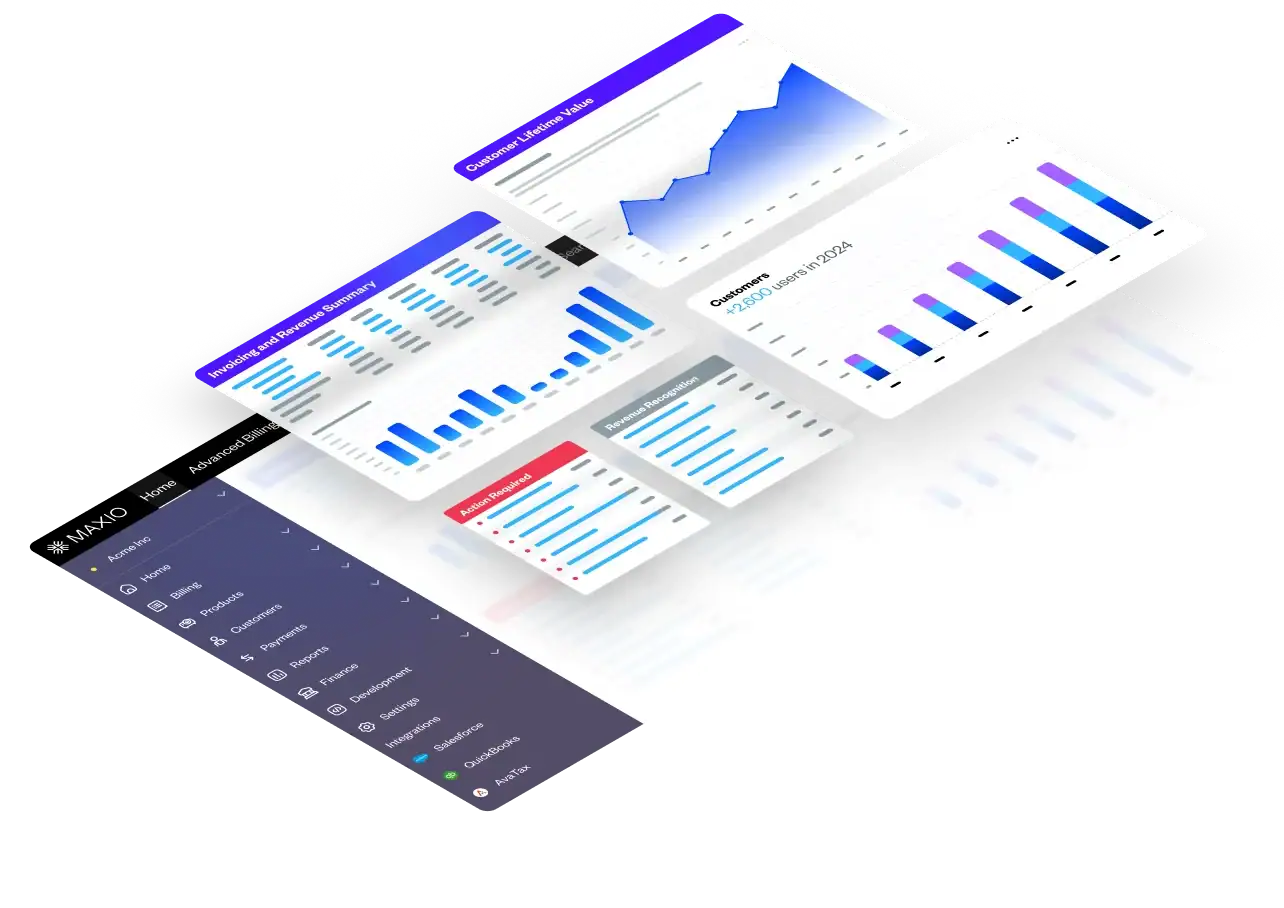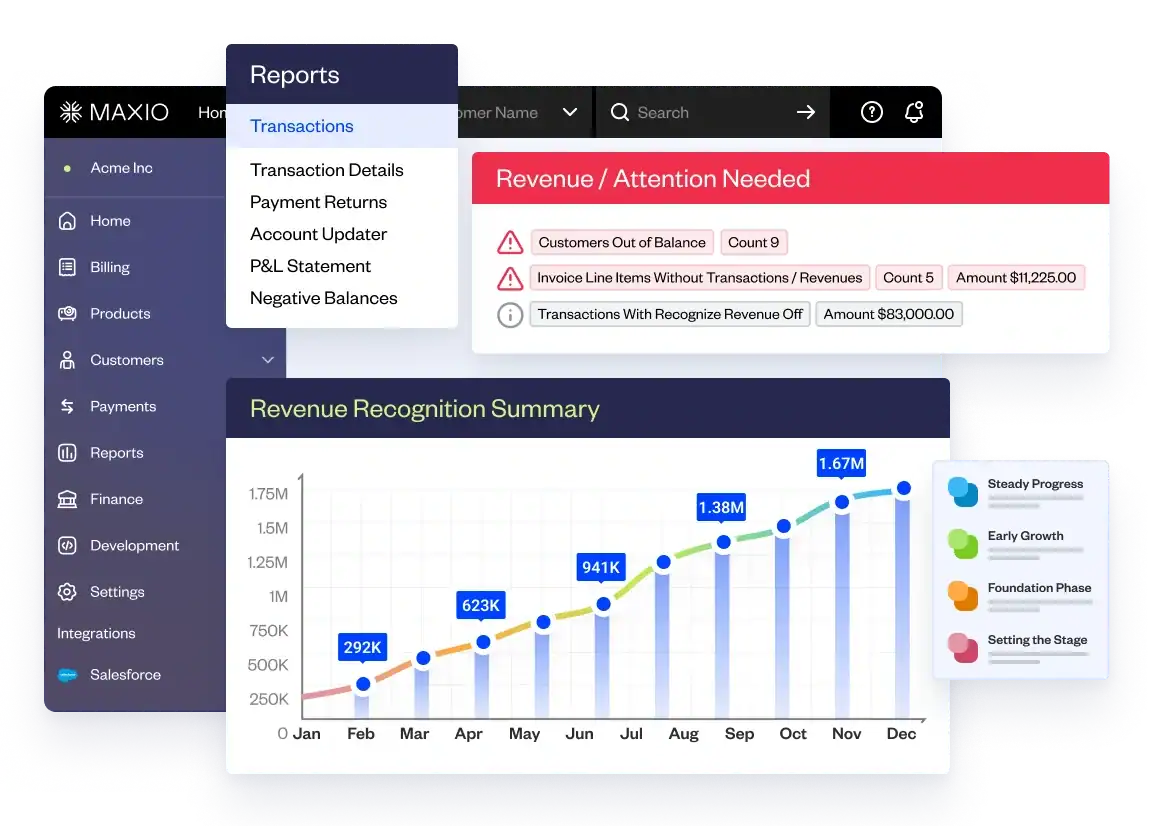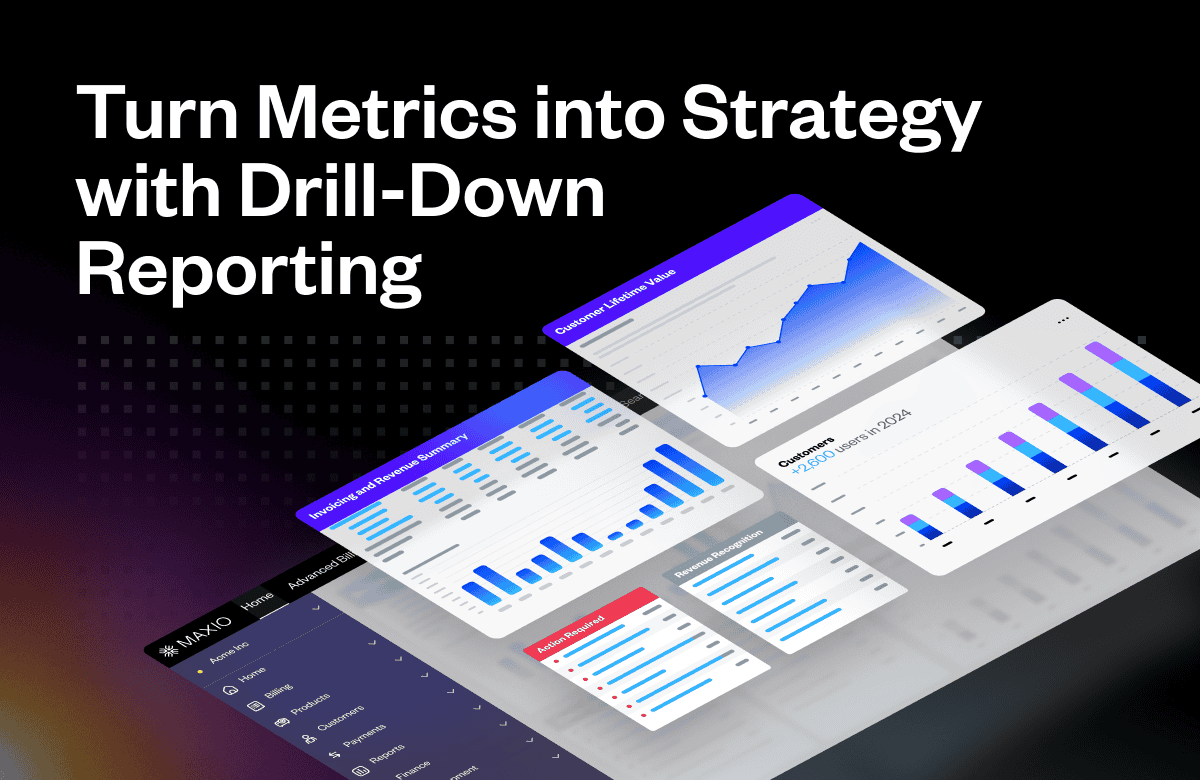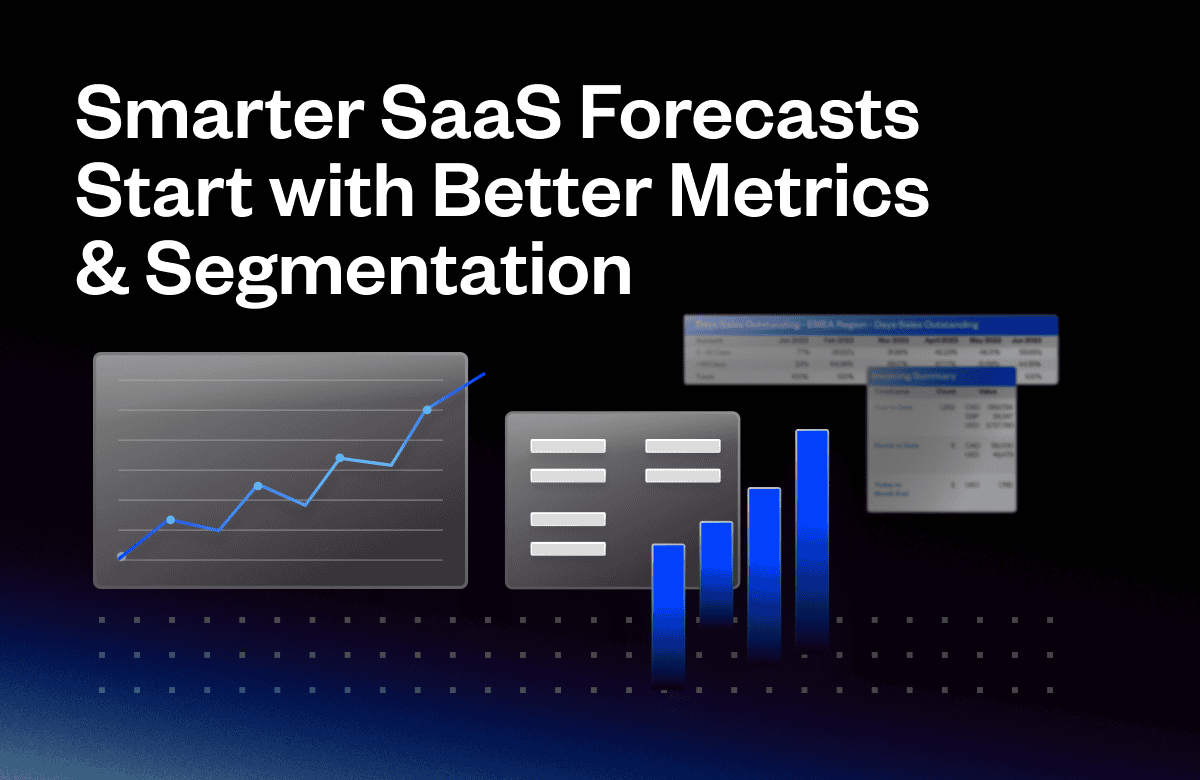Most SaaS finance teams set their sights on a five-day month-end close. But the best teams in the business? They’re consistently wrapping things up in three days or less—with greater accuracy, deeper insights, and more confidence in their numbers.
If that sounds like a stretch goal, it’s time to rethink what’s possible. A faster, more strategic close isn’t just achievable—it’s essential for any SaaS company that wants to scale efficiently and make better decisions. Here’s what best-in-class looks like, and how to start moving your team in that direction.
From Reactive to Strategic: Redefining the Close Process
Let’s face it: many finance teams are stuck in reactive mode. Month-end close becomes a fire drill—scrambling to reconcile revenue, track down data from multiple systems, and manually update spreadsheets. The result is a process that’s not only time-consuming, but also prone to errors and blind spots.
High-performing SaaS finance teams take a different approach. They view the close as a strategic function—one that enables better forecasting, more timely decision-making, and tighter alignment with the rest of the business. They know that accurate, up-to-date financials are essential for everything from investor reporting to revenue operations.
This mindset shift—from compliance to enablement—is what sets these teams apart.
Key Benchmarks to Aim For
To understand what “best-in-class” looks like in practice, it helps to look at the benchmarks these teams are hitting:
- Close revenue in 1-2 business days
Not just closing the books, but having confidence in the numbers and to be able to report and move forward. - MRR-to-revenue bridge ready by Day 1
The ability to reconcile subscription activity with revenue quickly means fewer surprises and stronger performance tracking. - Deferred revenue recognized and reconciled automatically
No more guesswork—just accurate, audit-ready financials.
These aren’t just aspirational targets—they’re achievable with the right processes and systems in place.
What Best-in-Class Teams Do Differently
So how do these top-tier finance teams operate? There are a few common themes:
1. Real-Time Transaction Processing
To close the books quickly and accurately, it all starts with getting transactions into the ledger efficiently and without delay. When a contract is entered, a platform like Maxio automatically generates the transactions, invoices, MRR/ARR reporting, and revenue recognition in real time. This real-time processing ensures finance teams always have up-to-date data at their fingertips, laying the foundation for a faster and more accurate month-end close.
2. Standardized Close Playbooks
They don’t reinvent the wheel every month. Close tasks are clearly documented, repeatable, and assigned to the right stakeholders. This reduces confusion, increases accountability, and makes onboarding new team members far easier.
3. Automation at the Core
Revenue recognition and reporting flows are automated wherever possible. With a tool like Maxio, revenue is automatically calculated at the time a transaction is input, and real-time revenue reports are generated. Automating revenue calculations at the source dramatically shortens the close timeline and improves the accuracy of financial outputs, enabling finance teams to spend more time on review and analysis rather than manual data entry.
4. Seamless Integration
Billing and revenue recognition aren’t siloed. These systems are tightly connected, enabling real-time visibility and faster reconciliation. When your systems talk to each other, your team spends less time chasing down discrepancies.
The Role of Technology: Spreadsheets Can’t Scale
Excel will always have a place in finance. But if your month-end close is still entirely spreadsheet-driven, you’re building on a shaky foundation.
Manual processes introduce risk, reduce visibility, and limit your ability to scale. As your business grows, those inefficiencies only multiply.
This is where a platform like Maxio makes all the difference.
With Maxio, finance teams gain:
- Real-time visibility into MRR and subscription metrics
- Automated revenue recognition that’s ASC 606 compliant
- Pre-built reports and dashboards that are ready on Day 1
By automating routine tasks and consolidating key financial data, Maxio helps SaaS finance teams close faster, with greater confidence—and frees them up to focus on what matters most: guiding the business forward.
What’s Standing Between You and a 1-2 Day Close?
If you’re still closing your books on Day 5—or later—you’re not alone. But you also don’t have to stay there.
Most delays come down to a few common culprits: manual processes, disconnected systems, and unclear ownership of close tasks. The good news? Each of these is solvable. And the teams that tackle them head-on are already seeing the payoff: faster closes, cleaner data, and more bandwidth to focus on strategic initiatives.
The right technology can help accelerate that shift. With automation, standardized playbooks, and tighter system integrations, your finance team can move from reactive to proactive—without sacrificing accuracy or control.
You don’t need to overhaul everything at once. But the sooner you start removing friction from your close, the sooner you can spend more time delivering insights instead of just reconciling numbers.
Want to see what’s possible? Join our upcoming webinar to learn how Maxio helps SaaS finance teams transform the month-end close process.






